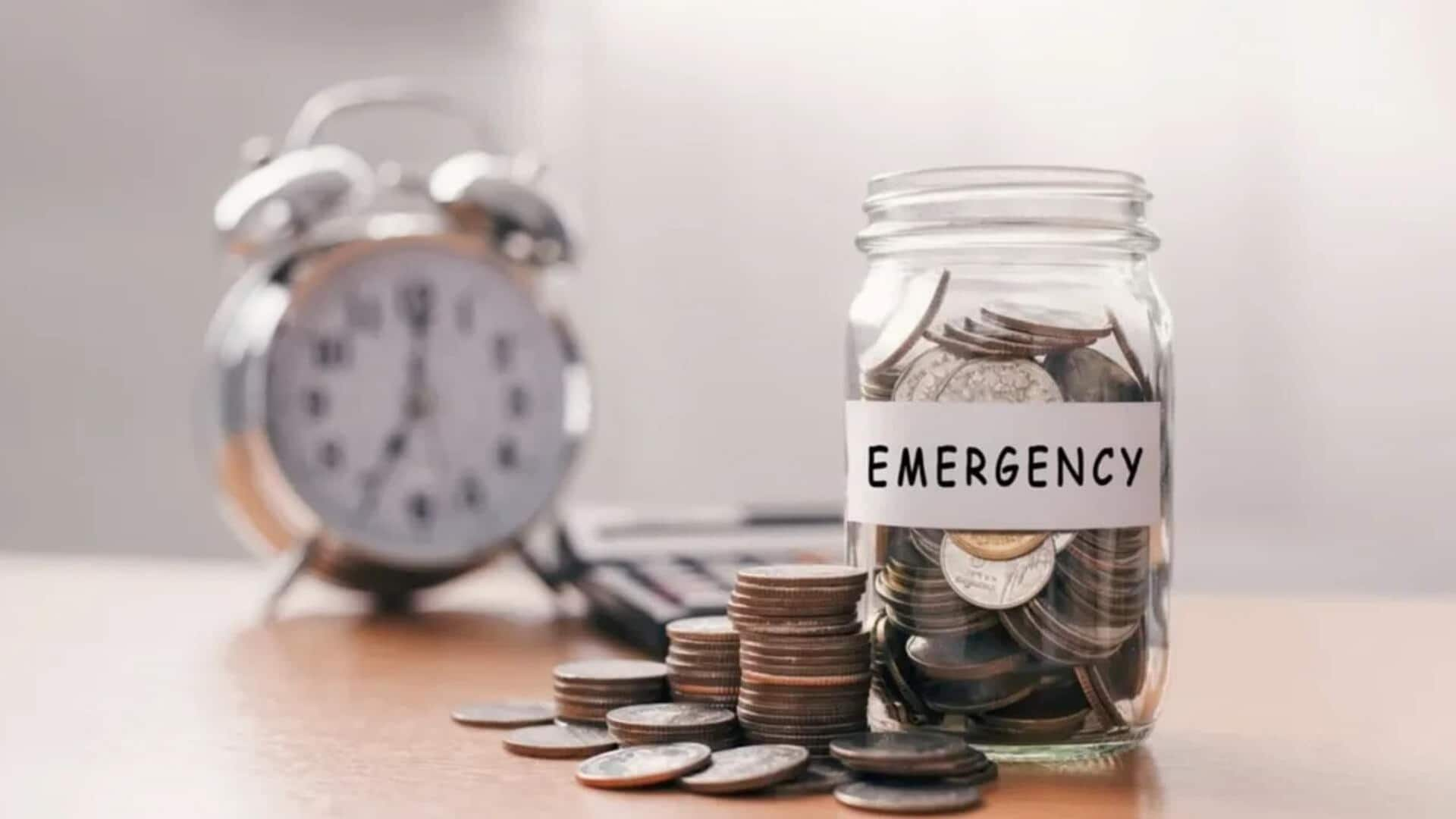
Top 5 dos and don'ts for emergency fund management
What's the story
Managing an emergency fund is an essential part of maintaining financial stability. It serves as a safety net in case of emergencies, allowing you to pay for unexpected expenses without compromising your financial goals. Understanding the dos and don'ts of managing an emergency fund can help you keep this critical financial buffer in check. Here are some practical tips to help you manage your emergency fund wisely.
Build priority
Prioritize building your fund
Start by setting a clear goal for your emergency fund, typically three to six months' worth of living expenses. Prioritizing this savings goal ensures that you have enough funds to cover basic needs during emergencies. Begin by allocating a small portion of your income regularly until you reach the desired amount. Consistency is key, so make it a habit to contribute even when finances are tight.
Preserve funds
Avoid dipping into your fund unnecessarily
Your emergency fund should only be used during actual emergencies, like medical expenses or urgent home repairs. Don't use it for non-essential purchases or regular bills, as that drains the stash meant for dire situations. Setting clear criteria for what qualifies as an emergency will prevent unnecessary withdrawals and keep your fund intact.
Accessibility balance
Keep your fund accessible but separate
While it's crucial to have quick access to your emergency funds, keeping them separate from day-to-day accounts prevents impulsive spending. Consider putting the money in a high-yield savings account where it stays liquid yet earns some interest with time. This way, you can ensure that the funds are available when you need them without being too tempting to spend on non-emergencies.
Periodic review
Regularly review and adjust your fund size
Life changes, and your emergency fund size should, too. Review your finances regularly and adjust the amount saved accordingly-whether it's due to a change in income, family size, or cost of living. This way, you ensure that your fund remains sufficient over the years and continues to serve its purpose.
Refill promptly
Replenish after use promptly
If you need to use part of your emergency fund, prioritize replenishing it as soon as possible after resolving the crisis at hand. Set up automatic transfers from checking accounts back into savings if necessary until reaching pre-crisis levels again — this helps maintain readiness against future emergencies, while reinforcing disciplined saving habits over time.